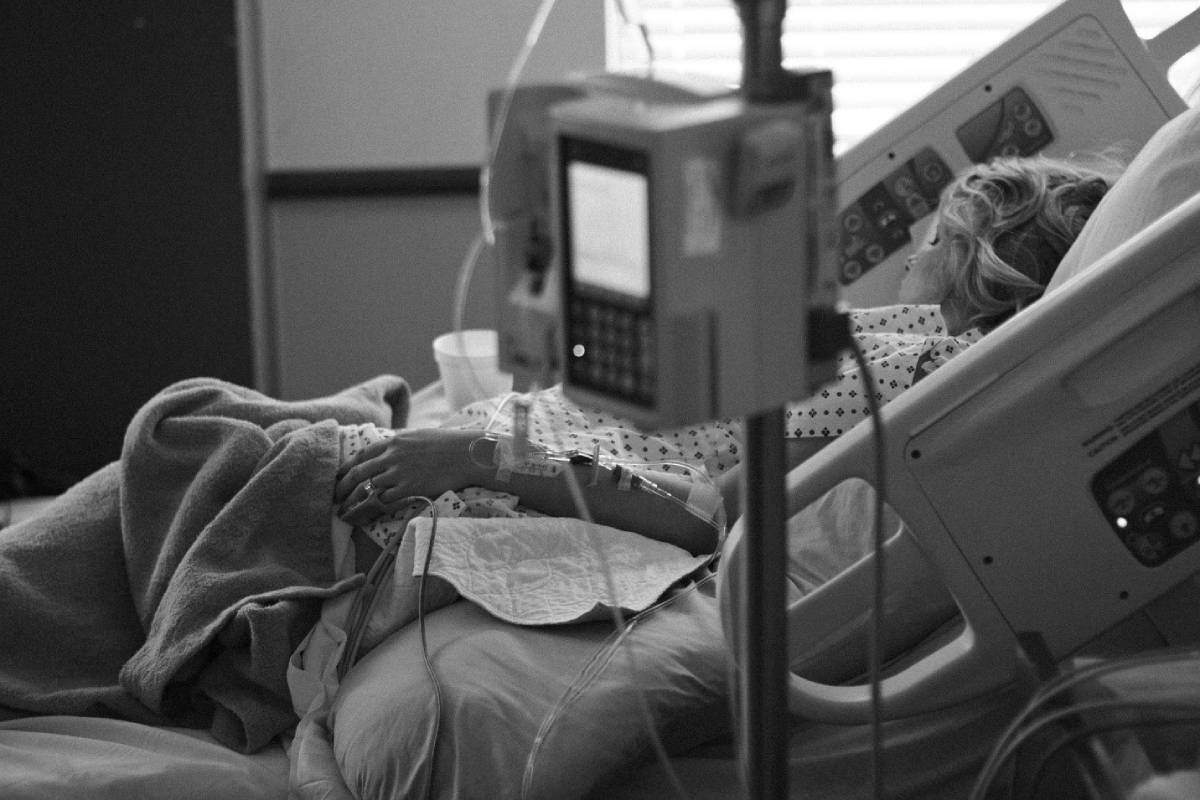Providing care to a terminal patient is always difficult for the hospital staff and the caretakers—the focus shifts between the treatment of illnesses and palliative care. If the treatment shows no result, then the hospital staff or the caregivers prepare for hospice care.
Palliative care is the care given to patients to manage the symptoms of their illness and optimize the quality of their life during treatment. On the other hand, hospice care is the care given to patients who are no longer on treatment because their condition is not treatable, and they await an inevitable death.
If a terminal patient is in the hospital, it becomes the responsibility of the nurses to provide them with palliative or hospice care. But the caregiving process requires more commitment than administering medications or providing physical assistance.
When a patient is terminal, they generally suffer from emotional distress along with physical symptoms. In this case, it becomes the responsibility of the nurses to promote positivity so that patients can experience emotional and mental relief.
Providing care and assistance physically and emotionally to a terminal patient is a bit different from providing care to a regular patient. The treatment and caregiving process variations are taught during a terminal degree in nursing for providing better care to patients. This degree makes the healthcare providers aware of their responsibilities and the steps they can take to provide optimum care for terminal patients. Here, we will discuss ways nurses can promote positivity in terminal patients.
Table of Contents
1. Talking to the patients
A terminal patient in palliative or hospice care may accumulate many negative emotions within themselves. In such conditions, they need someone to be there for them and listen to what they have to say. Most terminal patients often feel the urge to share their thoughts with someone.
At the minimum, patients need someone to distract them from the pain and thoughts of their future. Holding a conversation with the patients about lighter things in life, any slight improvement, or simply listening to their stories can promote positivity in them.
Engaging in light conversation during a small window of time, such as while a nurse administers medications, can significantly lighten the patient’s mood and help them feel more positive.
2. Arranging meetings with religious/spiritual leaders
Often, terminal patients get the desire to connect with their religion more. Spiritual and religious growth becomes an important subject for them during these times. The desire to learn more about religion or reconnect with it stems from their fear of death and what lies beyond it.
Sometimes, these patients want a reminder that an entity loves them and a scheme more significant than their pain. So they grasp for hope or anything that makes their pain and disease meaningful to them.
However, it doesn’t matter what reason a patient has to desire spiritual or religious connection. Usually, hospitals have religious leaders or guides at present to help during these moments. A nurse can arrange a meeting with the desired leader, which can help spread positive feelings in the patients.
3. Understanding their needs
Not every person is the same. Everyone has unique desires and needs; may they be concerned with their body or emotions. Their needs can range from how the medications suit them to the daily routine they desire to maintain. Whatever it is, a nurse can help the patient and make them feel more comfortable by understanding them more personally.
The reason is that terminal patients tend to have unique physical needs that accompany their condition. Therefore, understanding the symptoms and helping the patient optimize their quality of life can help them feel more comfortable and positive.
4. Engaging with them in different activities
Anyone with too much time on their hand will succumb to overthinking and invite negative thoughts in their mind. Generally, terminal patients who are unable to maintain their daily busy routine become victims of this situation. Unfortunately, that overthinking also makes way for depression which can further hinder their physical and emotional well-being.
A nurse can help in this situation by engaging the patient during free time in different activities. For example, they can take the patient for a short walk or arrange a small meeting among patients who can participate in group settings. Being around other people, talking to them, and performing different activities such as playing indoor games or simple exercises can help improve mood.
It promotes a sense of community among the patients, making them feel less alone in their illnesses. Hence, any distraction or activity that the patient can perform fosters positivity.
5. Responding to their anger appropriately
It is hard to imagine the pain and frustration a terminal patient is experiencing. As they accept a terminal illness, the process can be even more difficult if they are under hospice care. They may feel frustrated and angry at minor things, but it is the nurse’s responsibility to respond positively at all times.
They must respond in a way that is reassuring and calming at all times. Dealing with a patient’s anger and frustration calmly and positively eventually helps them calm down as well. Hence, it plays an essential role in promoting positivity among terminal patients.
Conclusion
Helping a terminal patient as a nurse or caregiver is no easy task. You get the responsibility of supporting them, not only physically but also emotionally. That makes jobs in palliative and hospice care difficult. But taking these steps can help promote positivity among terminal patients and help them have a positive experience.
Also, You can find more helpful resources at TockHop.

